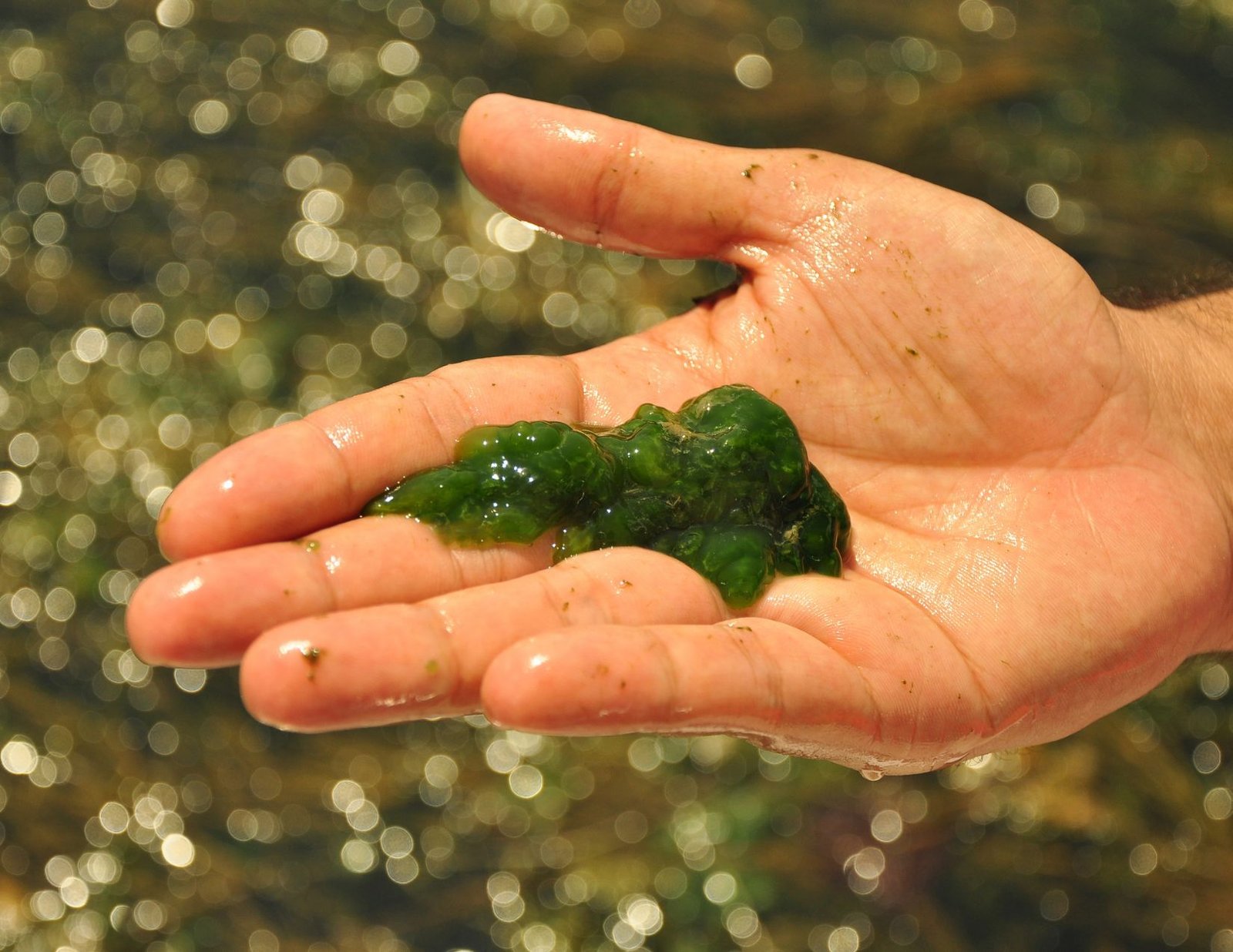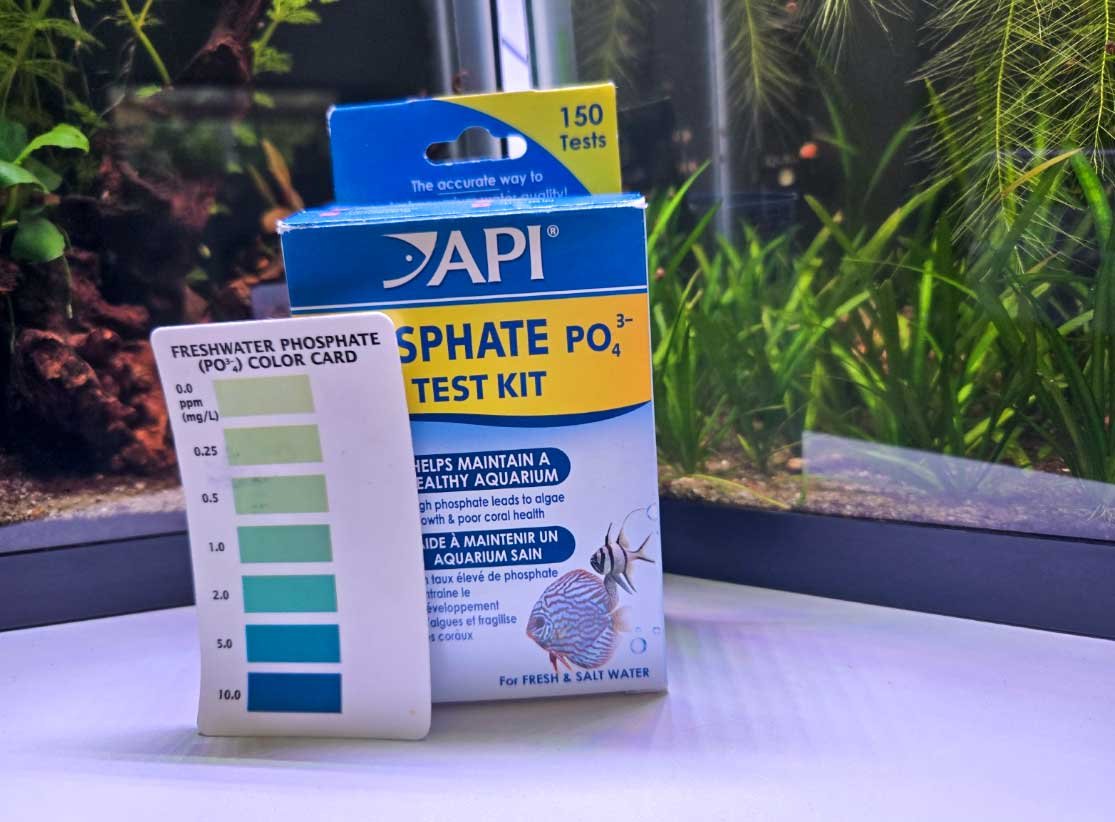
Algae in Aquariums: Types, Causes, and How to Control Them
If you have an aquarium, you’ve probably dealt with algae in fish tank at some point. Algae are a natural part of any aquatic ecosystem, but if left unchecked, they can quickly take over your tank, affecting water quality, aesthetics, and even fish health.
One of the principal concerns for beginner aquarists could be: “Why is my aquarium water green?”, “Why do I have hair algae in aquarium?”, and “Why is my aquarium getting so much algae?”
In this guide, we’ll explore the different types of algae, what causes them, and the best ways to control and prevent excessive algae growth in your aquarium.
What Are Algae in Aquariums?
Algae aquarium are simple, plant-like organisms that use light and nutrients to grow. While some algae are beneficial—providing oxygen and serving as a food source for certain fish and invertebrates—too much algae can lead to problems such as cloudy water, poor tank visibility, and reduced oxygen levels. Keep reading to learn more about algae aquarium control.
Types of Algae in Aquariums
There are many types of algae aquarium types, each with different causes and control methods. The most popular are green hair algae, black beard algae and brown algae aquarium.
Sometimes, people say, ‘My fish tank is green,’ so they add a product to the tank, but then they find that the tank is still turning green. This happens because simply adding chemicals may not address the root cause of the problem.
Factors like excessive light, high nutrient levels, and poor algae control in the fish tank can lead to persistent algae in fish tank issues. Proper maintenance, including water changes, reducing excess nutrients, and controlling light exposure, is key to preventing ongoing algae growth.
Green Spot Algae (GSA)
✔️ Appearance: Green spots, film.
✔️ Causes: Excessive light exposure and unbalance phosphate levels.
✔️ Control: Adjust lighting duration, introduce algae-eating fish like Otocinclus or Siamese Algae Eaters, Nerite Snails and improve water circulation.
💡 Tip: Small amounts of green spot algae in fish tank are normal and even beneficial for a balanced aquarium.

Brown Algae (Diatoms) – Common in New Tanks
✔️ Appearance: Brown, dusty coating on glass, rocks, and decorations.
✔️ Causes: Low light levels and high silicate content, often in newly set up tanks.
✔️ Control: Increase lighting, introduce Nerite snails, plecos and manually wipe surfaces.
💡 Tip: Brown algae usually disappear on their own once the tank stabilizes.

Black Beard Algae (BBA) – Hard to Remove
✔️ Appearance: Dark, bushy patches growing on plants, driftwood, and equipment.
✔️ Causes: High CO₂ fluctuations, excess organic matter, and low competition from other plants.
✔️ Control: Increase CO₂ levels, introduce Siamese Algae Eaters, and spot-treat with hydrogen peroxide.
💡 Tip: This type of algae is one of the hardest to remove, so early prevention is key!

Hair Algae – Common in Planted Tanks
✔️ Appearance: Green, thread-like strands that grow over plants and decorations.
✔️ Causes: Imbalanced nutrients and CO₂ levels, excessive light exposure.
✔️ Control: Trim infected plants, introduce Amano shrimp or Molly fish, and balance nutrients.
💡 Tip: Regular water changes can help prevent outbreaks.

Blue-Green Algae (Cyanobacteria) – The Dangerous One
✔️ Appearance: Slime-like, blue-green coating that spreads fast.
✔️ Causes: Poor water circulation, excessive nutrients, and low oxygen levels.
✔️ Control: Improve water flow, remove manually, and use antibiotics (Erythromycin) if necessary.
💡 Warning: This is not a true algae but a bacteria, and it can release toxins harmful to fish!

How to Prevent Algae Growth in Your Aquarium
Now you know the aquarium types of algae, the next step is learn how to prevent them. Keeping your aquarium free of excessive algae requires proper maintenance, balance, and prevention techniques. Algae thrive when conditions such as excess light, high nutrient levels, and poor water circulation are present. By following these strategies, you can significantly reduce algae outbreaks and maintain a healthy, beautiful tank.
1️⃣ Control Lighting Duration & Intensity 🌞
Too much light encourages algae growth, especially in tanks exposed to direct sunlight or excessive artificial lighting.
✔️ Limit light exposure to 6-8 hours per day. If tank have no plants, no more than 6 hours.
✔️ Use a timer to maintain a consistent lighting schedule.
✔️ Choose the right light – LED full-spectrum aquarium lights with a color temperature between 6500K- 7000K are best for plant growth while minimizing algae.
✔️ Avoid direct sunlight, as natural light can cause sudden algae blooms.
💡 Tip: If you notice excessive algae growth, reduce light exposure by 1-2 hours and monitor results.
2️⃣ Perform Regular Water Changes 💧
Water changes dilute excess nutrients, preventing algae from flourishing. Nitrate (NO₃) and phosphate (PO₄) build up over time, fueling algae growth.
✔️ Change 25-50% of the water weekly to remove excess nutrients.
✔️ Use a gravel vacuum to eliminate detritus and decaying organic matter.
✔️ RO/DI water (Reverse Osmosis/Deionized) is best for reducing phosphate and silicate levels.
💡 Tip: Test your water weekly for nitrate (NO₃) and phosphate (PO₄) levels. Keep nitrates below 20 ppm and phosphates below 0.1 ppm to prevent algae outbreaks.
3️⃣ Balance Nutrients & Maintain Proper Feeding 🍽️
Excess nutrients from overfeeding can contribute to algae growth. Uneaten fish food and waste release ammonia (NH₃), nitrates (NO₃), and phosphates (PO₄), which fuel algae.
✔️ Feed small amounts that fish can eat in 2-3 minutes.
✔️ Use high-quality, low-phosphate fish food. Low-phosphate food Suggestions
Tetra Goldfish Flakes, Tetra RiverShrimp ,TetraMin Nutritionally Balanced Tropical Flake
✔️ Remove uneaten food to prevent nutrient buildup.
4️⃣ Introduce Algae-Eating Fish & Invertebrates 🐠🦐🐌
Adding algae-eating species is a natural and effective way to control algae in aquarium.
| Algae Eater | Best for Removing | Minimum Tank Size |
|---|---|---|
| Siamese Algae Eater | Black Beard Algae, Green Algae | 30+ gallons |
| Otocinclus Catfish | Brown Algae, Green Algae | 10+ gallons |
| Amano Shrimp | Hair Algae, Green Spot Algae | 5+ gallons |
| Nerite Snails | Brown Algae, Diatoms, Green Film | 5+ gallons |
| Bristlenose Pleco | Green Spot Algae, Brown Algae | 30+ gallons |
💡 Tip: Don’t rely solely on algae eaters – they help but should be part of a comprehensive algae prevention plan.
5️⃣ Improve Water Flow & Filtration 🌊
Stagnant water encourages algae growth by allowing organic waste to settle and nutrients to accumulate.
✔️ Install a good-quality filter that provides strong water circulation.
✔️ Use wave makers or powerheads to improve water movement.
✔️ Keep the filter clean and replace media regularly.
💡 Tip: Low oxygen levels can lead to algae in fish tank problems. Using an air pump or increasing surface agitation can improve oxygenation, helping with fish tank algae control and reducing unwanted algae growth..
6️⃣ Use Live Plants to Compete with Algae 🌿
Live plants absorb excess nutrients, reducing the resources available for algae in the aquarium. Fast-growing plants are particularly effective at outcompeting algae in the fish tank. Specially stem plants.
✔️ Best plants for algae control:
- Hornwort
- Water Sprite
- Vallisneria
- Anacharis
- Java Fern
- Hygrophila difformis
- Sagittaria subulata
Consider floating plants like Duckweed or Salvinia to block excessive light.
💡 Tip: Healthy plants absorb nutrients quickly, so use a balanced liquid fertilizer and CO₂ system to encourage plant growth over algae.
7️⃣ Maintain Proper CO₂ Levels in Planted Tanks 💨
Fluctuating or low CO₂ levels can lead to black beard algae (BBA) and hair algae outbreaks.
✔️ Keep CO₂ levels between 20-30 ppm for optimal plant growth.
✔️ Use a CO₂ diffuser or liquid carbon supplements if necessary.
💡 Tip: If you notice black algae growing on plants and decorations, your CO₂ levels may be too low or fluctuating.
8️⃣ Consider Chemical Algae Control as a Last Resort 🧪
If algae growth is out of control, you may need chemical treatments. However, these should be used with caution to avoid harming fish and plants.
✔️ Seachem Excel (liquid carbon) helps control Black Beard Algae.
✔️ Hydrogen Peroxide (H₂O₂) can be spot-treated on algae patches.
✔️ Algaecides (API Algaefix) are effective but should only be used when necessary.
💡 Tip: Always test chemicals on a small area first to avoid harming sensitive fish or plants.
Final Thoughts: Keeping Your Aquarium Algae-Free
Algae are a natural part of any aquarium, but with proper maintenance and prevention strategies, you can keep them under control.
✔️ Limit light exposure to 6-8 hours per day.
✔️ Perform regular water changes to remove excess nutrients.
✔️ Introduce algae-eating fish & invertebrates for natural control.
✔️ Improve water circulation with a strong filter & powerheads.
✔️ Maintain CO₂ balance in planted tanks to prevent algae outbreaks.
By following these tips, you can enjoy a crystal-clear, algae-free aquarium and a healthier environment for your fish and plants! 🌊🐠🌿
Check my Aquarium Troubleshooting Guide: Fix Common Fish Tank Problems


